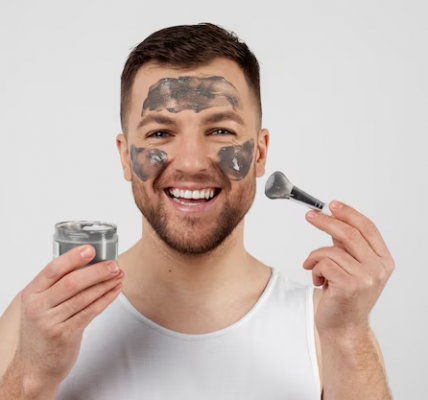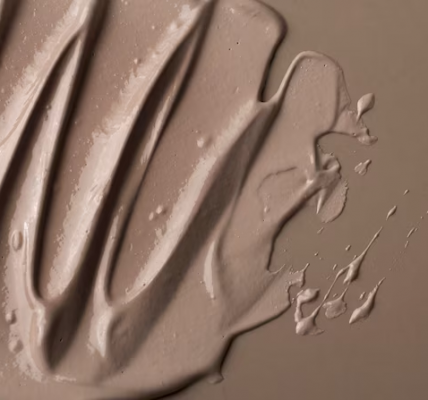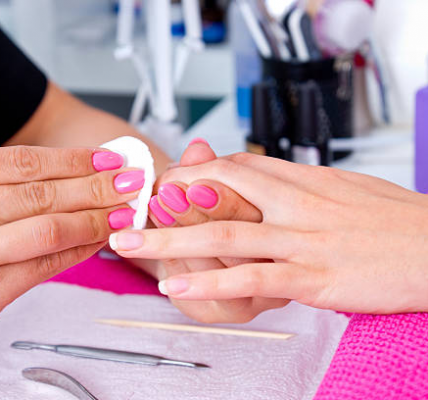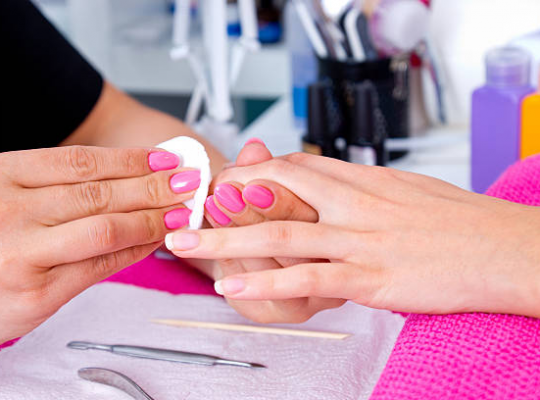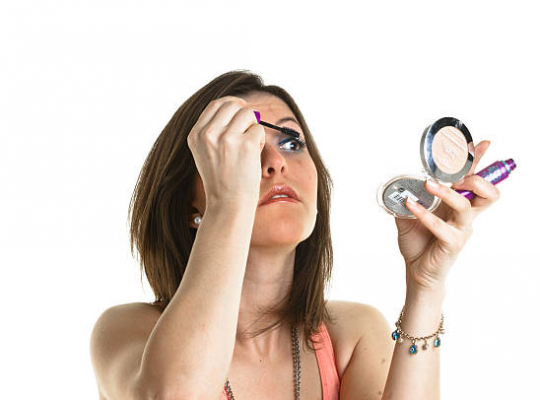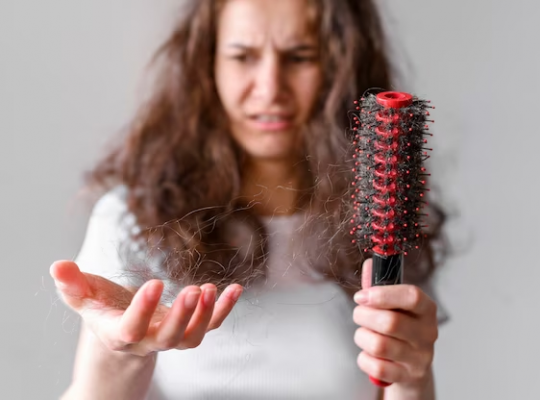Have you just opened your makeup bag only to find a heartbreaking sight—your favorite eyeshadows in pieces? Broken eyeshadows can put a damper on your makeup routine, but fortunately, there’s a reliable fix. The main topic of this article is to provide a solution for fixing broken eyeshadows using the magic of rubbing alcohol. This simple method can breathe new life into your favorite shades, preserving your investment in your eye makeup collection and ensuring your signature look remains flawless.
Understanding that broken eyeshadows are not the end of their useful life is as reassuring as having a spare tire when you get a flat. Whether it’s a single shattered eyeshadow pan or an entire palette of pressed powders that has suffered a fall, the process of repairing broken eyeshadows is straightforward, using items you likely have at your disposal. The key ingredient is rubbing alcohol, which acts as a binding agent to put those precious powders back together.

Understanding the Materials Needed
Before diving into the repair process, let’s outline the must-have materials and their role in fixing broken eyeshadow palettes. To begin, you’ll need the following items:
- Pure rubbing alcohol (preferably 70% isopropyl alcohol for its quick evaporation)
- A small mixing tool like a toothpick or a mini spatula
- A coin or any small, flat object that fits the diameter of the eyeshadow pan
- A piece of fabric or paper towels
The beauty of using rubbing alcohol lies not only in its effectiveness but also in its safety for cosmetic use and its evaporation properties, which leave no residue behind.
Preparation for the Fix
Now, let’s clear some space and lay out our tools. Before you tackle the broken eye makeup, it’s best to wipe down your work surface and wash your hands to prevent transferring oils and debris into your cosmetics. Preparing your broken eyeshadow and materials at this stage ensures a smooth repair process. By having everything within reach, you can avoid scrambling for tools mid-fix and potentially causing more damage.
The Step-by-Step Guide to Fixing Your Eyeshadow
Crushing the Eyeshadow
- What you need to do first: Begin by gently crushing the remaining lumps of eyeshadow using the back of a spoon or another small, flat tool. This will help mix in the rubbing alcohol more thoroughly in the following steps.
- How to properly crush broken pieces: Aim for a fine, loose powder consistency, which is the best state for blending the eyeshadow back into a single, cohesive pan. Be careful not to apply too much force, or you could scatter the powder outside the eyeshadow pan.
Adding Alcohol
- How much alcohol to use: It’s essential not to oversaturate the powder; a few drops should be sufficient for a standard-size eyeshadow pan. A good rule of thumb is to add just enough for the powder to stick together when lightly pressed.
- The proper way to mix it in: Use your mixing tool to carefully stir the rubbing alcohol into the crushed powder until it achieves a paste-like consistency. The alcohol will evaporate, leaving behind a compact powder that’s nearly as good as new.

Re-pressing the Eyeshadow
- Techniques for effective re-pressing: Place the wrapped coin on top of the wet powder and press firmly but gently to create an even layer. Apply enough pressure to compact the mixture, paying attention to the corners and edges of the pan.
- What to expect as it dries: After pressing, the mixture might look a little rough, but don’t worry. As the alcohol evaporates, the eyeshadow will start to solidify. Depending on the amount of alcohol used and the room’s humidity, this could take a few hours to overnight. Patience is key — disturbing the eyeshadow before it’s fully dry could also lead to cracks or an uneven surface.
| Step | Tool/Ingredient | Action |
|---|---|---|
| Crush | Spoon or tool | Break up into a consistent powder |
| Add Alcohol | Rubbing alcohol | Mix to a paste |
| Re-press | Coin & Fabric | Press to solidify |
Aftercare and Prevention
Maintaining newly repaired eyeshadows doesn’t require special expertise, but it does demand some tender loving care. Here’s how you can ensure your pressed powders remain intact and as vibrant as ever:
Proper storage of eyeshadow palettes is paramount. Keeping your makeup in a cool, dry place can prevent the powders from becoming brittle and susceptible to breaking. Avoid leaving your makeup in high-temperature environments, such as a car on a sunny day, as heat can degrade the binding agents in pressed powders.
Equally important is careful handling. While it might seem obvious, we often forget how delicate our makeup can be. Always open and close your palettes gently to prevent shock that might dislodge the pans. When using your makeup, a light touch with brushes or applicators can go a long way in extending the life of your eyeshadows.
Regarding prevention, consider these guidelines:
- Travel with Care: If you need to take your favorite eyeshadows with you, invest in a padded makeup bag or wrap your palette in a protective layer to cushion against knocks and drops.
- Press Down Gently: When you use your eyeshadows, avoid pressing down too hard with your brush or applicators. A gentle sweep is all you need to pick up enough product without stressing the pan.

Conclusion
To wrap up, fixing broken eyeshadows with rubbing alcohol is a simple and effective DIY beauty hack that can save you from unnecessary waste and expense. The process requires a pinch of patience and a dollop of delicate touch—from crushing the powders evenly, to precisely adding the right amount of alcohol, to re-pressing with just the right pressure. By paying attention to these details, you can restore your beloved shades to their near-original state. This not only saves you money but also allows you to hang onto those hard-to-replace or discontinued colors. Armed with this knowledge and a little practice, you’ll find that a broken eyeshadow palette is no reason to fret—it’s just another opportunity to flex your resourceful beauty muscles.
FAQs
- How long do I have to wait for the eyeshadow to dry completely? Typically, you should allow your eyeshadow to dry for several hours, or even overnight, to ensure it has fully set. The drying time can vary based on environmental factors such as humidity and airflow.
- Can I use this method to fix other pressed powder cosmetics? Yes, this technique is applicable to various pressed powders, including blushes, bronzers, and highlighters. The process remains largely the same, although the amount of alcohol may need to be adjusted based on the size of the product pan.
- Is there a specific type of rubbing alcohol I should use? It’s best to use a 70% isopropyl alcohol solution for its optimal evaporation rate. Higher concentrations will also work, but they might evaporate too quickly, while lower concentrations may introduce too much water into your product.
- Will the alcohol affect the color or performance of my eyeshadow? Rubbing alcohol’s primary purpose is to bind the powder back into a solid form and will evaporate completely during the drying process. It typically does not affect the color or performance of the eyeshadow.
- My eyeshadow isn’t as smooth or pigmented as it was before, what can I do? If the texture or pigmentation isn’t quite the same, it may be due to uneven pressing or not enough alcohol to bind the powders cohesively. You can try adding a few more drops of alcohol and repressing it. Remember that pressing too hard can cause the shadow to become overly compacted, leading to a harder texture and reduced color payoff.

